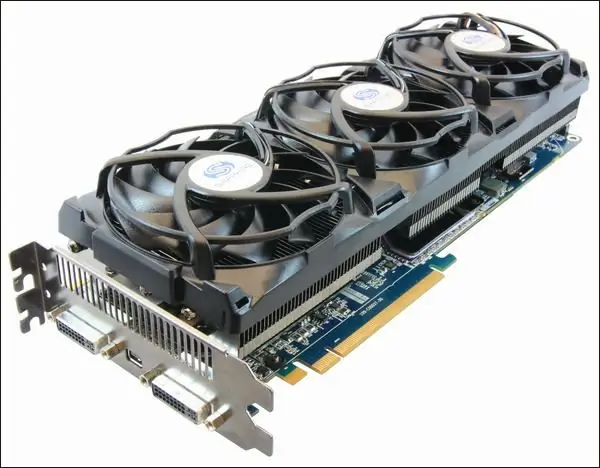Very often, users would like to slightly improve the performance of their video card, especially since this is not at all difficult to do. You can easily increase the performance of a video card by 30-40% without much risk to it.

Necessary
Riva Tuner and 3D Mark software, a more powerful cooler for the graphics card
Instructions
Step 1
All you need is Riva Tuner. Since some video cards are equipped with a passive cooling system, which is a heatsink, you should make sure that you have a cooler installed on your video card. If it is not there, or the cooler is not efficient enough, then you need to take care of its replacement, since the increased power can lead to overheating of microcircuits and unstable operation of the video card.
Step 2
Install and run Riva Tuner. Despite the fact that the functions of this program are quite extensive, we only need the parameters for controlling the clock frequency of the GPU and memory controller, which have different buses and different frequencies. After the first launch, you will see two triangular icons, next to each Customize label. The upper icon contains parameters for low-level overclocking, and the lower one for software, using the driver. For ATI video cards and old GeForce (up to 4 series) we use the upper triangle, for the new generation GeForce - the lower one.
Step 3
By clicking on the icon, in the menu that appears, click the first icon, in the window that opens, put a check mark next to the inscription Enable driver-level hardware overclocking and reboot, after which you can start overclocking. Now in the dialog box there are two sliders, by moving which you can set the clock frequency of the video card. The top one is responsible for the memory frequency, and the bottom one is for the GPU. Then we change the mode to 3D and start gradually increasing the frequency by moving the sliders.
Step 4
It is recommended to raise the frequency in stages, each time by 5 MHz for the processor and 7-8 MHz for the memory. After each parameter change, you need to run a test, for example 3D Mark, by the results of which you can judge the increase in the performance of the video adapter. After the first signs of unstable operation of the video card appear in the test, which may appear as image defects, or the test will simply freeze, you should lower the frequency values by 8-10 MHz and leave them.
Step 5
Now you can compare the obtained test results with the initial ones, and draw a conclusion how much the performance of the video card has increased.






